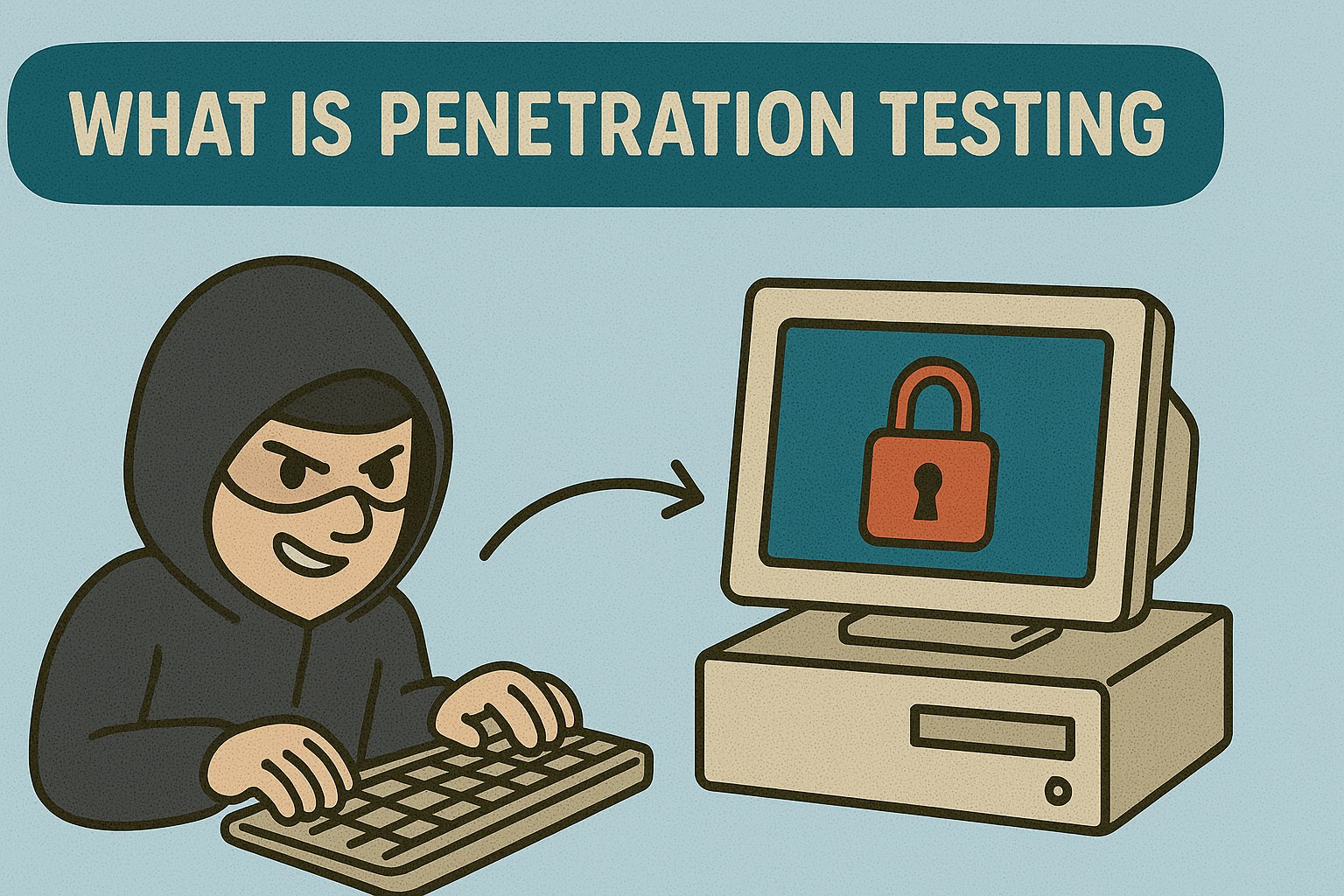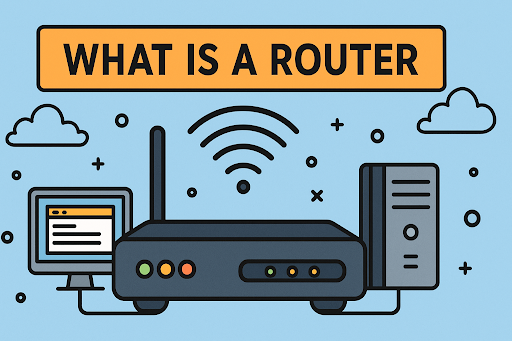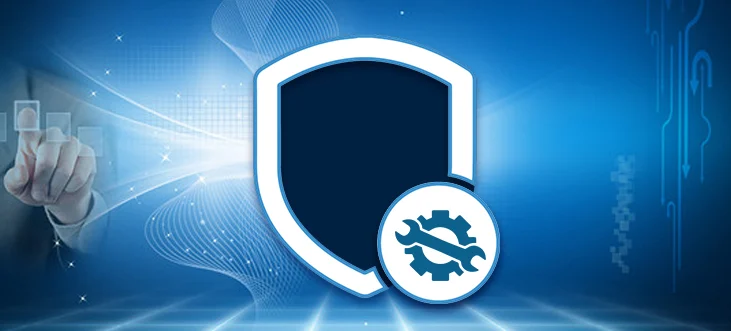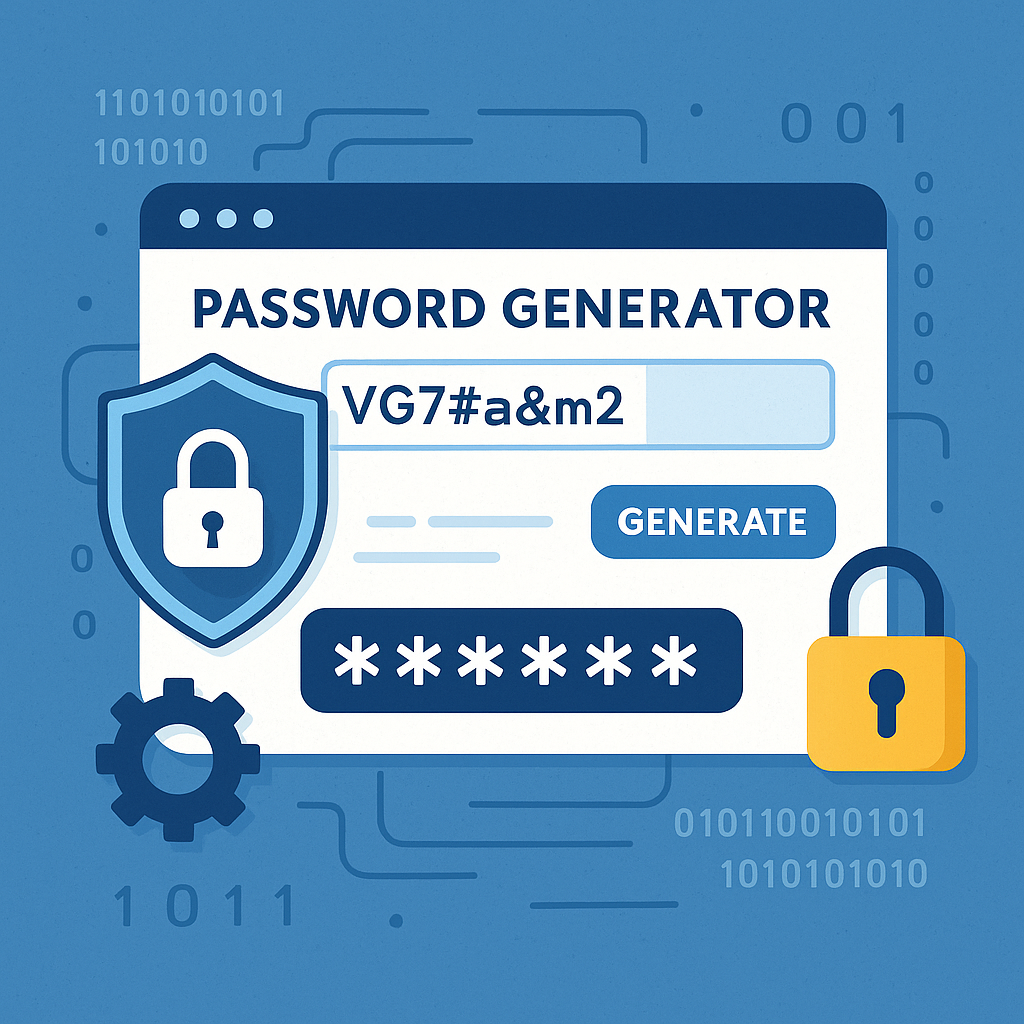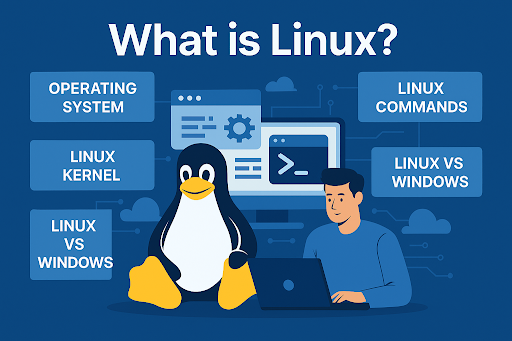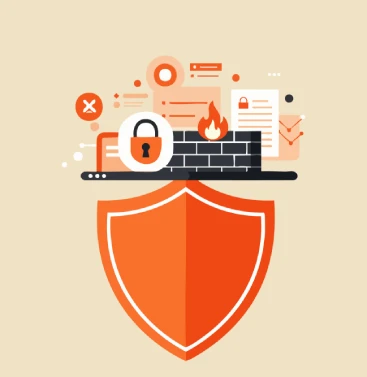What Is Parsing? A Complete Guide for IT Leaders and Cybersecurity Professionals
Updated on September 29, 2025, by Xcitium
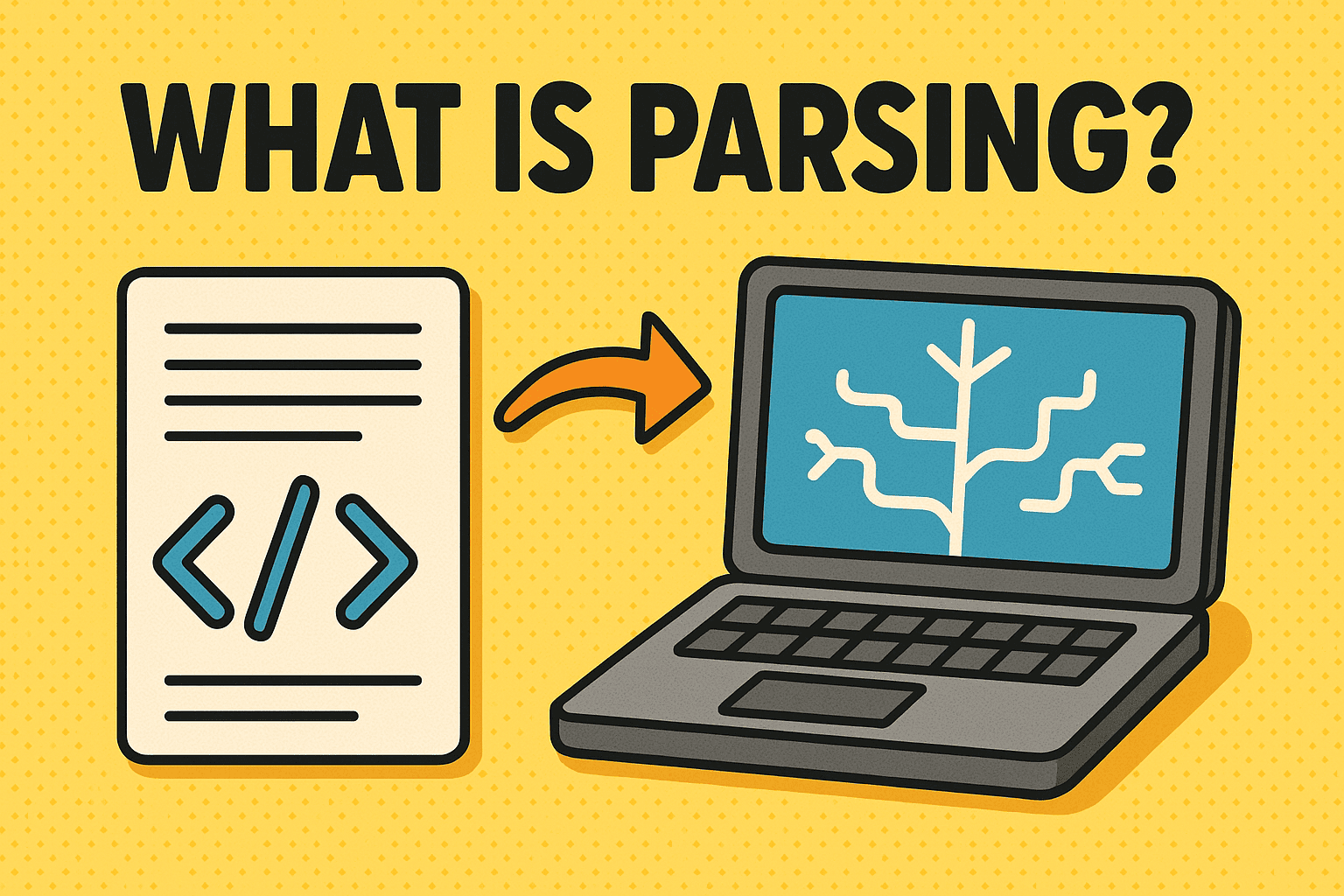
If you’ve ever worked with programming languages, databases, or cybersecurity tools, you’ve likely come across the term “parsing.” But what is parsing, and why does it matter for IT managers, developers, and executives?
Introduction: Why Ask “What Is Parsing?”
In simple terms, parsing is the process of analyzing structured or semi-structured data—like code, text, or network traffic—so that computers can understand and process it. Parsing is everywhere: from compiling code to detecting malware, to extracting insights from log files.
Understanding parsing is critical because data drives decision-making, and without parsing, most data would remain unreadable or unusable. In this guide, we’ll break down what parsing is, how it works, its applications, and why it’s a cornerstone of modern computing and cybersecurity.
1. What Is Parsing?
Parsing is the process of breaking down and analyzing data according to a set of rules or grammar. It converts raw input into a structured format that software systems can understand.
Examples of parsing in action:
-
A web browser parsing HTML to display a webpage.
-
A compiler parsing source code into machine-readable instructions.
-
A log analyzer parsing event logs to detect security anomalies.
👉 In short: Parsing transforms data into meaning.
2. How Does Parsing Work?
To understand what is parsing, it helps to know its core steps:
-
Lexical Analysis (Tokenization): Breaking input into tokens (words, numbers, symbols).
-
Syntactic Analysis: Checking if tokens follow the rules of a language or grammar.
-
Semantic Analysis: Determining the meaning or context behind the tokens.
-
Output Generation: Producing structured data, often in tree or tabular form.
For instance, when compiling code, parsing ensures instructions are valid before converting them to machine language.
3. Types of Parsing
There are different approaches depending on the context:
-
Top-Down Parsing: Starts with the highest-level rule and works downward (common in programming languages).
-
Bottom-Up Parsing: Builds from individual tokens upward to form larger structures.
-
Recursive Descent Parsing: A straightforward method using functions for each grammar rule.
-
Event-Driven Parsing (e.g., SAX in XML): Processes data as events occur instead of building a full structure.
Each type has advantages, whether you’re analyzing code, network data, or logs.
4. Why Parsing Matters for Businesses
Parsing isn’t just for programmers—it impacts business operations and cybersecurity.
-
Data Processing: Parsing converts raw data into usable insights for decision-making.
-
Cybersecurity: Intrusion detection systems parse network traffic for anomalies.
-
Compliance: Parsing ensures log files and records are analyzable for audits.
-
Automation: Scripts and workflows rely on parsing to handle structured data inputs.
Executives should see parsing as part of a broader data management and security strategy.
5. Parsing in Programming
Parsing plays a fundamental role in software development.
-
Compilers: Parse source code (e.g., Java, C++) into intermediate representations.
-
Interpreters: Parse code on the fly to execute instructions.
-
Configuration Files: Applications parse JSON, XML, or YAML for settings.
-
Error Detection: Parsers catch syntax errors early in development.
Without parsing, programming languages would remain unintelligible strings of characters.
6. Parsing in Cybersecurity
Cybersecurity heavily depends on parsing.
-
Log Parsing: Analyzing system logs to detect unauthorized access or unusual patterns.
-
Packet Parsing: Breaking down network packets to inspect headers and payloads.
-
Malware Analysis: Parsers disassemble malicious code for examination.
-
SIEM Tools: Security Information and Event Management platforms parse vast datasets to generate alerts.
👉 For IT managers, parsing is what turns raw signals into actionable threat intelligence.
7. Parsing in Networking and Data Systems
Beyond programming and security, parsing plays a role in networking and data management:
-
Protocol Parsing: Ensures devices can interpret communication standards (e.g., HTTP, DNS, TCP/IP).
-
Database Parsing: SQL queries are parsed before execution.
-
APIs: Input and output data are parsed into usable formats like JSON or XML.
-
IoT Devices: Sensor data must be parsed for monitoring and analytics.
Parsing ensures data consistency and accuracy across systems.
8. Common Parsing Tools and Technologies
Depending on use case, IT professionals leverage different parsing technologies:
-
Programming Language Parsers: ANTLR, Yacc, Bison.
-
Data Parsers: JSON.parse (JavaScript), Python’s
jsonandxmlmodules. -
Log Parsers: Logstash, Fluentd, Graylog.
-
Cybersecurity Parsers: Wireshark (packet parsing), Suricata, Zeek.
These tools simplify parsing tasks across industries.
9. Security Risks in Parsing
Ironically, parsing itself can be a vulnerability. Poorly designed parsers may allow attackers to inject malicious input.
Risks Include:
-
Code Injection Attacks: Exploiting parser weaknesses in SQL, XML, or JSON.
-
Buffer Overflows: Feeding oversized data to crash systems.
-
Malformed Input Attacks: Sending unexpected formats to bypass validation.
-
Log Tampering: Manipulating logs to hide malicious activity.
For cybersecurity teams, ensuring secure parsing practices is as important as using parsers.
10. Best Practices for Parsing in IT and Security
To use parsing effectively and securely, businesses should:
-
✅ Use trusted parsing libraries instead of custom code.
-
✅ Validate and sanitize all inputs before parsing.
-
✅ Limit resource usage to prevent Denial of Service (DoS).
-
✅ Regularly update parsing tools against known vulnerabilities.
-
✅ Integrate parsing logs into SIEM monitoring for real-time alerts.
These practices reduce risks while maximizing parsing benefits.
11. Real-World Example: Parsing in Threat Detection
Imagine a financial institution monitoring billions of transactions:
-
Logs capture raw transaction data.
-
A parser extracts account IDs, amounts, and timestamps.
-
Anomaly detection systems flag suspicious patterns (e.g., repeated large transfers).
-
Security teams investigate before major fraud occurs.
Without parsing, this insight would be buried in unstructured noise.
12. The Future of Parsing
Parsing will only become more important as data grows:
-
AI & Machine Learning: Models rely on parsed, structured data for accuracy.
-
Cloud-Native Systems: Parsing is critical for log and API analysis.
-
IoT Explosion: Billions of connected devices require real-time parsing of data streams.
-
Regulations: Audits and compliance increasingly depend on well-parsed records.
Businesses that invest in efficient parsing will gain an edge in data-driven decision-making.
Quick Parsing Checklist
✅ Understand what parsing is and where it applies
✅ Choose parsing methods suited to your use case
✅ Use trusted tools and libraries for efficiency
✅ Train teams on parsing’s role in cybersecurity and compliance
✅ Monitor parsed data for anomalies and insights
FAQs on Parsing
1. What is parsing in simple terms?
Parsing is the process of analyzing and structuring raw data so computers can understand and use it.
2. What are common examples of parsing?
Compiling code, analyzing logs, interpreting JSON/XML data, and inspecting network packets.
3. Is parsing only for programmers?
No. Parsing is also critical for cybersecurity, data analytics, and IT infrastructure management.
4. What risks come with parsing?
Improper parsing can lead to code injection, buffer overflows, or bypassed security checks.
5. What tools are used for parsing?
Examples include ANTLR for programming, Logstash for log parsing, and Wireshark for packet analysis.
Final Thoughts
Asking “what is parsing?” is about more than programming—it’s about understanding a process that powers cybersecurity, networking, and data-driven business strategies. Parsing converts noise into insight, enabling better decisions and stronger protections.
For IT managers, cybersecurity professionals, and executives, parsing isn’t just a technical detail—it’s a strategic advantage.
🚀 Ready to strengthen your cybersecurity with advanced monitoring and parsing solutions?
Request a demo of Xcitium’s security platform today and transform raw data into actionable protection.




